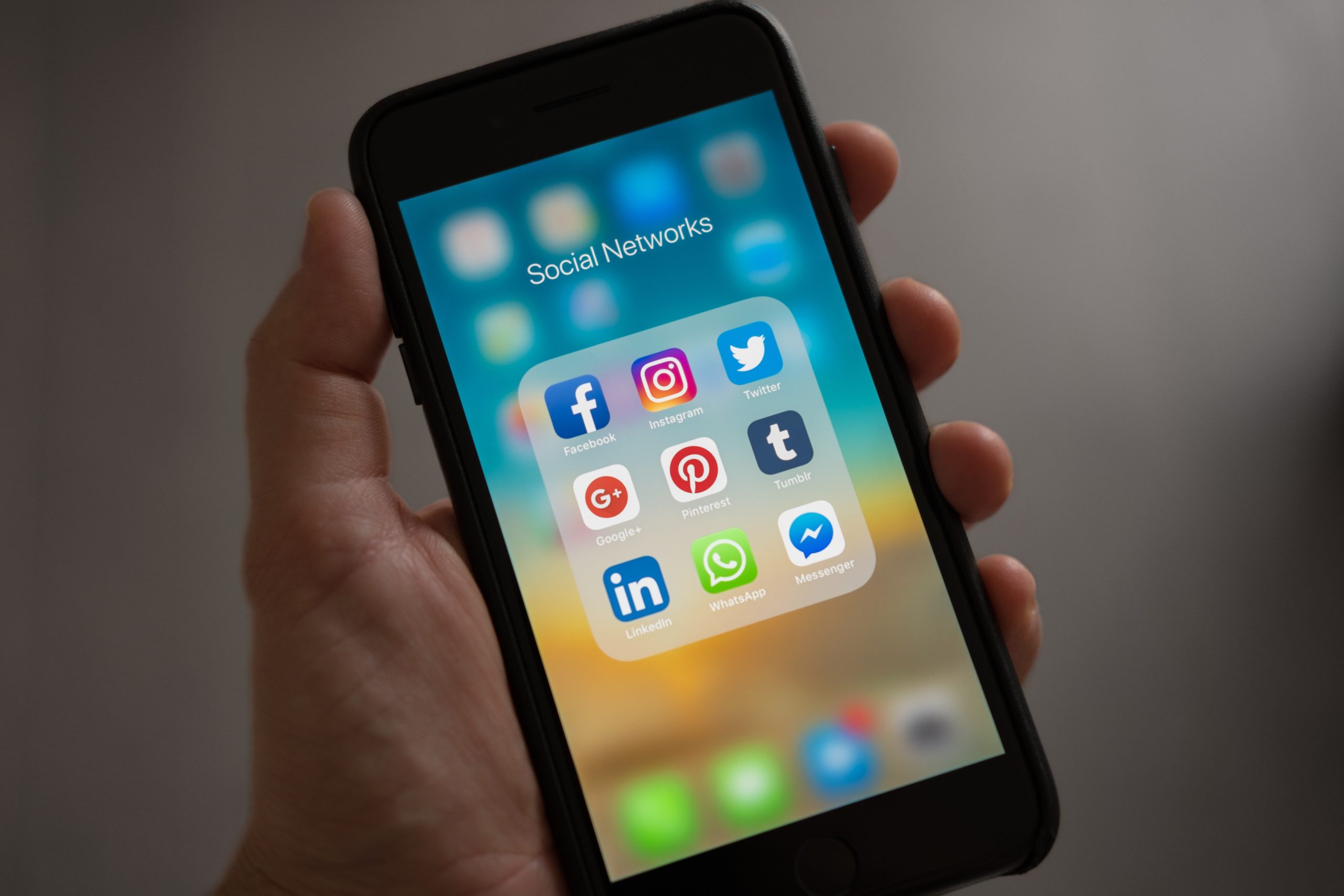
Generative AI: Redefining Content Creation and Customization in Mobile Applications
By Udit Agarwal

The rise of generative artificial intelligence (AI) is revolutionizing various sectors, with mobile applications being at the forefront of this transformation. Generative AI, which refers to AI systems capable of creating content—text, images, audio, or even video—has introduced a new content creation and customization era. This technology leverages complex algorithms and vast datasets to produce creative outputs that were once the exclusive domain of human creators. In the context of mobile applications, generative AI redefines how content is created, personalized, and consumed, leading to unprecedented levels of user engagement and satisfaction.
The Power of Generative AI in Content Creation
Generative AI harnesses the power of neural networks, particularly models like Generative Adversarial Networks (GANs) and transformers, to create new content. GANs, for instance, consist of two neural networks—the generator and the discriminator—that work in tandem to produce realistic images, videos, and other forms of content. On the other hand, transformers have shown remarkable proficiency in natural language processing tasks, enabling the generation of coherent and contextually relevant text.
In mobile applications, generative AI is automating previously labor-intensive content creation processes. For example, news apps can use AI to generate summaries of articles, personalize news feeds, and even write full-length articles on trending topics. Social media platforms utilize AI to suggest posts, create photo filters, and enhance images, while entertainment apps generate music, art, and stories tailored to individual user preferences.
Customization: Personalizing User Experiences
One of the most significant advantages of generative AI in mobile applications is its ability to offer highly personalized user experiences. By analyzing user data and preferences, AI algorithms can create customized content that resonates with individual users. This personalization extends across various domains, from entertainment and education to shopping and social networking.
In music streaming, for instance, generative AI can create personalized playlists based on a user’s listening history and preferences. This goes beyond simple recommendation algorithms by generating new tracks matching the user’s taste. Similarly, in visual content, AI can generate personalized artwork or suggest photo edits that align with the user’s aesthetic preferences.
Educational apps are also leveraging generative AI to offer customized learning experiences. AI can generate personalized exercises, explanations, and study plans by analyzing a student’s progress and areas of difficulty. This enhances learning outcomes and keeps students engaged by catering to their learning styles.
Enhancing Creativity and User Engagement
Generative AI is not just about automating content creation; it’s also about enhancing human creativity. Mobile applications are increasingly integrating AI tools that assist users in their creative endeavors. For example, writing apps use AI to suggest plot ideas, character names, and even entire text passages, helping writers overcome writer’s block and explore new creative avenues.
In the domain of visual arts, AI-powered drawing and painting apps provide tools that assist artists in creating intricate designs and patterns. These apps can suggest color schemes, generate backgrounds, and even mimic the styles of famous artists. This symbiosis of human creativity and AI assistance leads to the creation of unique and innovative artworks.
Moreover, generative AI fosters user engagement by making interactions with mobile apps more dynamic and interactive. AI-powered chatbots can generate natural and engaging conversations, making users feel like they are interacting with a human. Virtual reality (VR) and augmented reality (AR) applications use AI to create immersive and interactive environments, enhancing user experiences in gaming, training, and social interactions.
Challenges and Ethical Considerations
While the benefits of generative AI in mobile applications are substantial, they also come with challenges and ethical considerations. The potential for misuse of AI-generated content, such as deepfakes and misinformation, poses significant risks. Ensuring the ethical use of AI and mitigating its negative impacts requires robust regulations and transparent AI development practices.
Privacy concerns also arise from the extensive data collection needed for AI personalization. Protecting user data and ensuring that AI systems do not infringe on privacy rights is crucial. Developers must implement stringent data security measures and adhere to ethical guidelines to maintain user trust.
The Future of Generative AI in Mobile Applications
The future of generative AI in mobile applications is promising, with continuous advancements expected to enhance its capabilities further. As AI models become more sophisticated, the quality and diversity of generated content will improve, offering even more personalized and engaging user experiences.
Integration with emerging technologies such as 5G and edge computing will also play a crucial role in the evolution of generative AI in mobile applications. Faster data processing and reduced latency will enable real-time content generation and customization, making interactions with mobile apps more seamless and responsive.
In conclusion, generative AI transforms content creation and customization in mobile applications, offering new possibilities for personalization, creativity, and user engagement. While challenges remain, the potential benefits of this technology are vast, promising a future where mobile apps are more dynamic, interactive, and tailored to individual user needs.